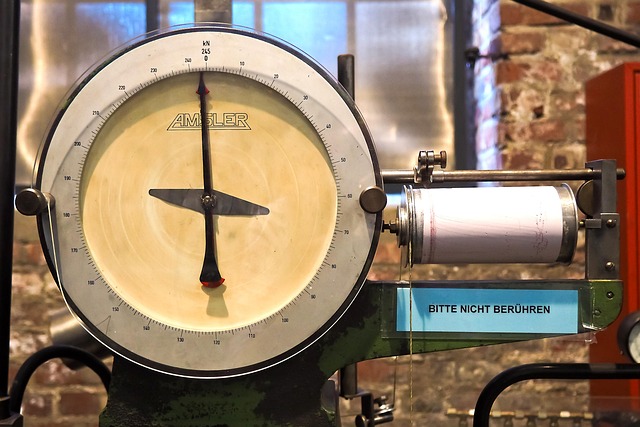Low water pressure fix starts with identifying causes like heater issues or blocked pipes. Troubleshoot by checking for leaks, blockages, and corrosion. Simple solutions include flushing sediment, cleaning aerators, replacing narrow pipes, and adjusting pressure valves. Regular maintenance prevents low water pressure fix needs.
Low water pressure from your hot water heater can be frustrating. Whether it’s a weak shower flow or difficulty heating water, understanding and addressing the issue is key. This article guides you through the process of identifying and resolving common low water pressure problems with your hot water heater. From diagnosing issues like faulty valves to understanding pressure settings, discover effective solutions to get your water flowing strongly again. Learn how to perform a simple low water pressure fix and restore comfort to your home.
- Understanding Low Water Pressure Issues
- Common Causes and Diagnosing Problems
- Effective Solutions for Low Pressure Fix
Understanding Low Water Pressure Issues

Low water pressure is a common issue that can disrupt your daily routines, from taking a relaxing shower to doing laundry. Understanding the root cause of this problem is the first step in finding an effective low water pressure fix. In many cases, it might be due to issues with your water heater or pipes. Relining old water pipes or adjusting the water pressure regulator can be viable solutions for homeowners.
If your water pressure has suddenly dropped or you’ve noticed a consistent lack of flow, there are several checks you can perform. Start by inspecting your water heater and ensuring it’s functioning optimally. Then, check for leaks or blockages in the pipes leading to fixtures. Sometimes, aerators on faucets or showerheads become clogged, restricting water flow. How to increase water pressure at home involves a combination of troubleshooting these issues and making necessary adjustments to ensure a steady and strong water flow throughout your house.
Common Causes and Diagnosing Problems

Common Causes and Diagnosing Problems
Low water pressure in your home can be frustrating and often indicates an issue within your hot water heater or plumbing system. The first step to fixing low water pressure is understanding the potential causes, which can range from simple blockages to more complex issues like faulty valves or worn-out pipes. Some common culprits include mineral buildup inside the heater, corroded pipes leading to reduced flow, or even an outdated pressure regulator that fails to maintain adequate pressure levels. Identifying these problems requires careful observation and basic troubleshooting techniques, such as checking for leaks, inspecting pipe connections, and testing the water pressure at various fixtures.
Diagnosing low water pressure issues effectively involves a systematic approach. Start by examining the water heater itself for any signs of corrosion or damage. Check if the pressure relief valve is functioning properly and not stuck in the open position. Next, inspect pipes for leaks, rust, or obstructions like mineral deposits. Testing the pressure at different outlets throughout your home can help pinpoint where exactly the reduction occurs. By systematically eliminating potential causes, you can determine whether the problem lies with your heater, pipes, or another component of your water system, guiding you towards the most effective low water pressure fix.
Effective Solutions for Low Pressure Fix

Many homeowners face the frustration of low water pressure, which can be caused by various issues within the hot water heater system. Fortunately, there are several effective solutions for a low water pressure fix. One common cause is buildup of sediment in water lines and heaters, leading to reduced flow. To address this, regularly flush and clean your water heater and pipes using a solution of water and white vinegar or specialized cleaning tablets. This removes mineral deposits and debris, improving water circulation.
Another practical approach for repairing low water pressure in pipes involves checking and replacing any faulty aerators or narrow pipes that restrict the flow of water. Ensure all components are securely fastened and free from damage. Additionally, consider adjusting your water heater’s pressure relief valve to release excess pressure, which can boost overall flow rates. These simple yet effective home remedies for low water pressure can help restore adequate hot water pressure in no time.
Low water pressure in your home can significantly impact your daily routines, but understanding the common issues and their causes is the first step towards a solution. By effectively diagnosing problems, you can implement various strategies to achieve a robust low water pressure fix. From checking for leaks and replacing aerators to upgrading your water heater or even re-piping, there are numerous solutions available. Remember, prompt action on these issues ensures not only improved comfort but also potentially saves you from costly repairs in the long run.
